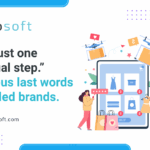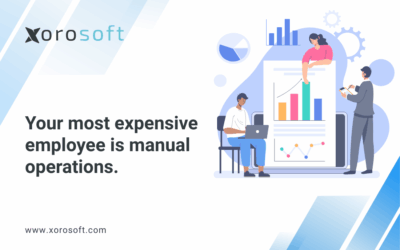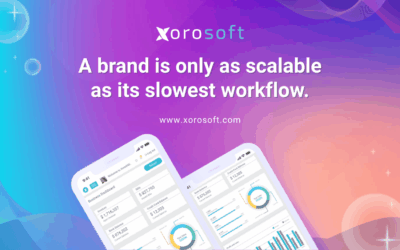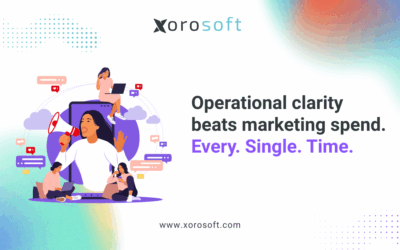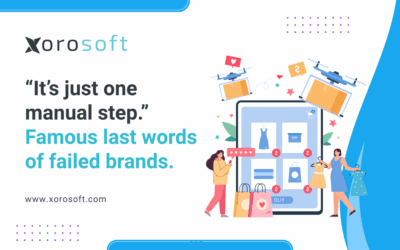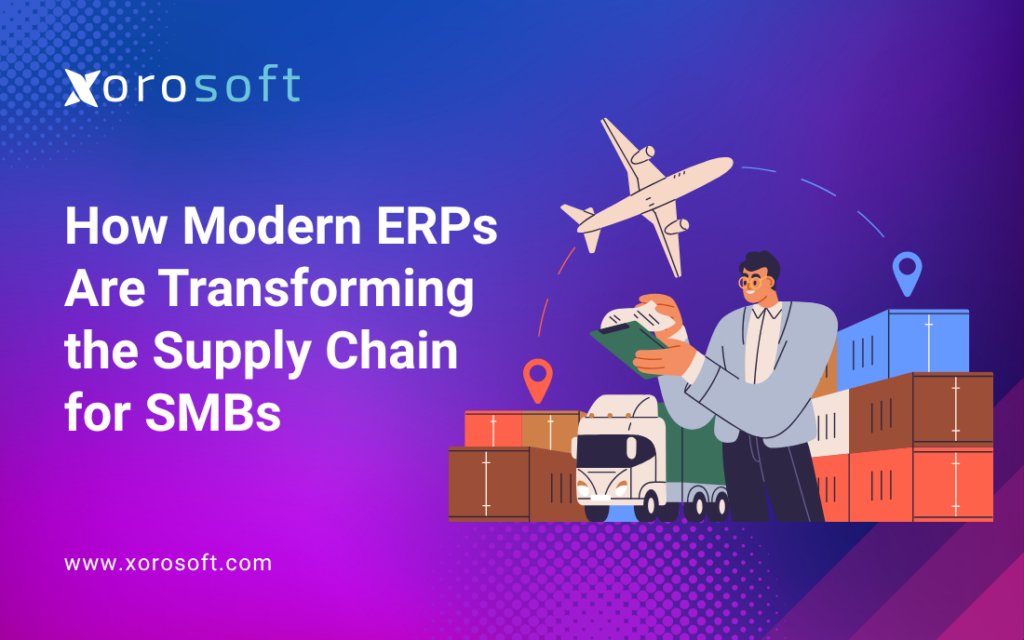
From Chaos to Control: The Modern ERP Advantage
If you run a small or mid-sized business, you’ve likely felt the daily chaos of managing orders, inventory, and suppliers. A modern ERP for SMBs helps solve this challenge from the very start. By connecting your systems and automating repetitive tasks, it transforms operations from reactive to predictive. Consequently, you gain the freedom to focus on growth instead of troubleshooting.
Why SMBs Need Modern ERPs to Scale Operations
Many ecommerce and omnichannel brands begin with basic tools—spreadsheets, Shopify, and shared folders. However, as demand grows, complexity follows.
Inventory updates lag behind reality. Furthermore, fulfillment teams often work with outdated data. As a result, stockouts and oversells become common. In addition, finance teams struggle to reconcile transactions across multiple systems.
A modern ERP for SMBs resolves these issues by creating one accurate, automated view of your operations. Therefore, instead of hiring more staff to patch gaps, you gain a scalable structure for growth.
What Defines a Modern ERP for SMBs
Older ERPs were designed for large corporations with in-house IT teams. They were powerful yet rigid. In contrast, a modern ERP for SMBs is built for flexibility and speed.
It’s cloud-based, user-friendly, and integrates smoothly with Shopify, Amazon, or your 3PLs. Moreover, it scales as your brand expands. This means your data, finances, and fulfillment stay aligned, regardless of order volume.
Creating Space to Focus on Growth
For many founders, the greatest benefit of adopting a modern ERP for SMBs is time. When the system runs routine processes automatically, your team can focus on brand-building, marketing, and product development.
In addition, automation ensures accuracy. Inventory updates in real time. Purchase orders trigger based on thresholds. Financials reconcile instantly. Consequently, decisions are faster and fewer errors slip through the cracks.
Seven Steps to Build a Smarter Supply Chain
Here’s a simple roadmap that demonstrates how a modern ERP for SMBs modernizes daily operations.
Step 1: Centralize All Inventory Data
Connect Shopify, Amazon, and wholesale channels in one ERP dashboard. As a result, you eliminate overselling and maintain 98%+ accuracy.
Step 2: Automate Order Routing
Set rules for fulfillment based on region or stock levels. Consequently, order cycle times drop by about 30%, improving delivery speed.
Step 3: Sync Purchasing and Forecasting
Use live sales data to automate reordering. In addition, forecasting becomes more reliable, keeping inventory within 10% of target.
Step 4: Strengthen Supplier Collaboration
Invite suppliers to update purchase orders and shipments directly. Therefore, communication improves, and on-time deliveries increase to 95% or more.
Step 5: Integrate Accounting and Operations
Connect your ERP with QuickBooks or Xero. As a result, finance and operations share the same truth, reducing the cash conversion cycle by roughly 20%.
Step 6: Create Unified Dashboards
Build visual dashboards for key KPIs—COGS, orders, and inventory turnover. Moreover, weekly reporting time drops from hours to minutes.
Step 7: Train for Confident Adoption
Schedule brief training sessions for your staff. As a result, user adoption surpasses 90% within a month, and efficiency improves further.
Real Example: How Northloop Apparel Transformed Operations
Northloop Apparel, a $4M hybrid DTC and wholesale brand, previously relied on four disconnected tools. Consequently, they wasted hours weekly reconciling inventory. About 10% of orders were delayed or duplicated.
After adopting a modern ERP for SMBs, inventory synchronized automatically across Shopify and wholesale platforms. Moreover, suppliers updated PO statuses within the same dashboard.
Within three months:
-
Fulfillment errors dropped 70%.
-
Order cycle time improved by 35%.
-
The team regained ten productive hours each week.
Their COO explained, “We stopped reacting and started running proactively.”
How to Launch a Modern ERP in Just One Week
Implementation doesn’t need to be complex. Most SMBs can go live in a week when they follow a clear plan.
- Day 1: Map every current system—inventory, sales, and accounting.
- Day 2: Connect channels and test data syncs.
- Day 3: Import product SKUs and supplier data.
- Day 4: Automate low-stock alerts and routing rules.
- Day 5: Train your team and transition fully.
As a result, your entire supply chain becomes visible, predictable, and ready to scale.
The Tangible Metrics of Success
Once the system is active, results appear quickly:
-
Pick accuracy improves because warehouse data is live.
-
Order cycle time shrinks due to automation.
-
Inventory turnover increases as stock flows efficiently.
-
Cash flow strengthens through connected accounting.
In contrast to disconnected tools, a modern ERP for SMBs delivers real-time insight and measurable gains.
How to Choose the Right ERP Partner
When selecting your ERP provider, focus on three factors: ease of use, ecommerce integration, and support. For instance, look for plug-and-play connections with Shopify or Amazon.
You can compare top-rated options on G2 ERP systems. Furthermore, if you run on Shopify, explore the Shopify’s Xorosoft ERP integration to experience native integration.
In addition, evaluate each provider’s onboarding and post-launch support. Good partners help your team adapt quickly and reduce disruption.
Moving Forward with Clarity and Control
Running an SMB doesn’t have to mean constant stress. With a modern ERP for SMBs, you gain structure, insight, and calm control. When your systems communicate, your business flows naturally.
If you’re ready to take the next step, start by Booking a demo to see the difference firsthand. Then explore ERP features, review pricing plans, or read customer success stories for real-world results.
Moreover, you can compare solutions via G2’s ERP rankings or learn about Shopify’s Xorosoft ERP integration.
With the right technology, your business doesn’t just run better—it grows with less effort and more confidence.




